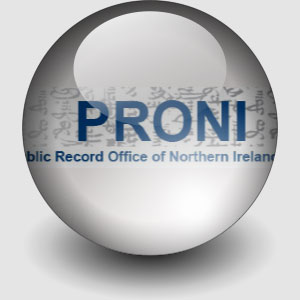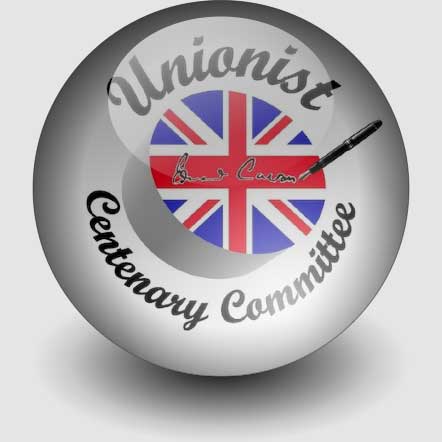History
Background to the Covenant
The Ulster Covenant was part of a response by Ulster Unionists to the efforts of successive Westminster governments to settle the running sore of the 'Irish Question' by giving Ireland a limited measure of local autonomy known as 'Home Rule'. The first two Home Rule Bills, in 1886 and 1893, had been rejected by Parliament, following concerted pressure from Unionists in Great Britain and Ireland.

In June 1892 a massive popular demonstration in Belfast, the Ulster Convention, attracted some 20,000 opponents of Home Rule from throughout Ulster, and was chaired by the Duke of Abercorn. In April 1912 Asquith introduced the Third Home Rule Bill, in which the authority of the United Kingdom Government "over all persons, matters and things in Ireland" was clearly acknowledged.
On the eve of the Bill's introduction, 9 April, another mass demonstration was held at Balmoral, Belfast, attended by about 200,000 Unionists, including contingents from the Orange Order and Unionists Clubs which marched from the city centre. The demonstration was addressed by, among others, Sir Edward Carson, leader of the Irish Unionist Party, and was supported by the presence of a large number of English and Scottish Conservative MPs, and by their new leader Andrew Bonar Law, who assured his listeners that they were not alone as their cause was also that of the Empire.

Back at Westminster, Unionists put up fierce opposition to each stage of the Home Rule Bill, and the third reading was not carried until January 1913, after which the Bill received its expected defeat in the House of Lords. The outbreak of World War I then halted further progress.








